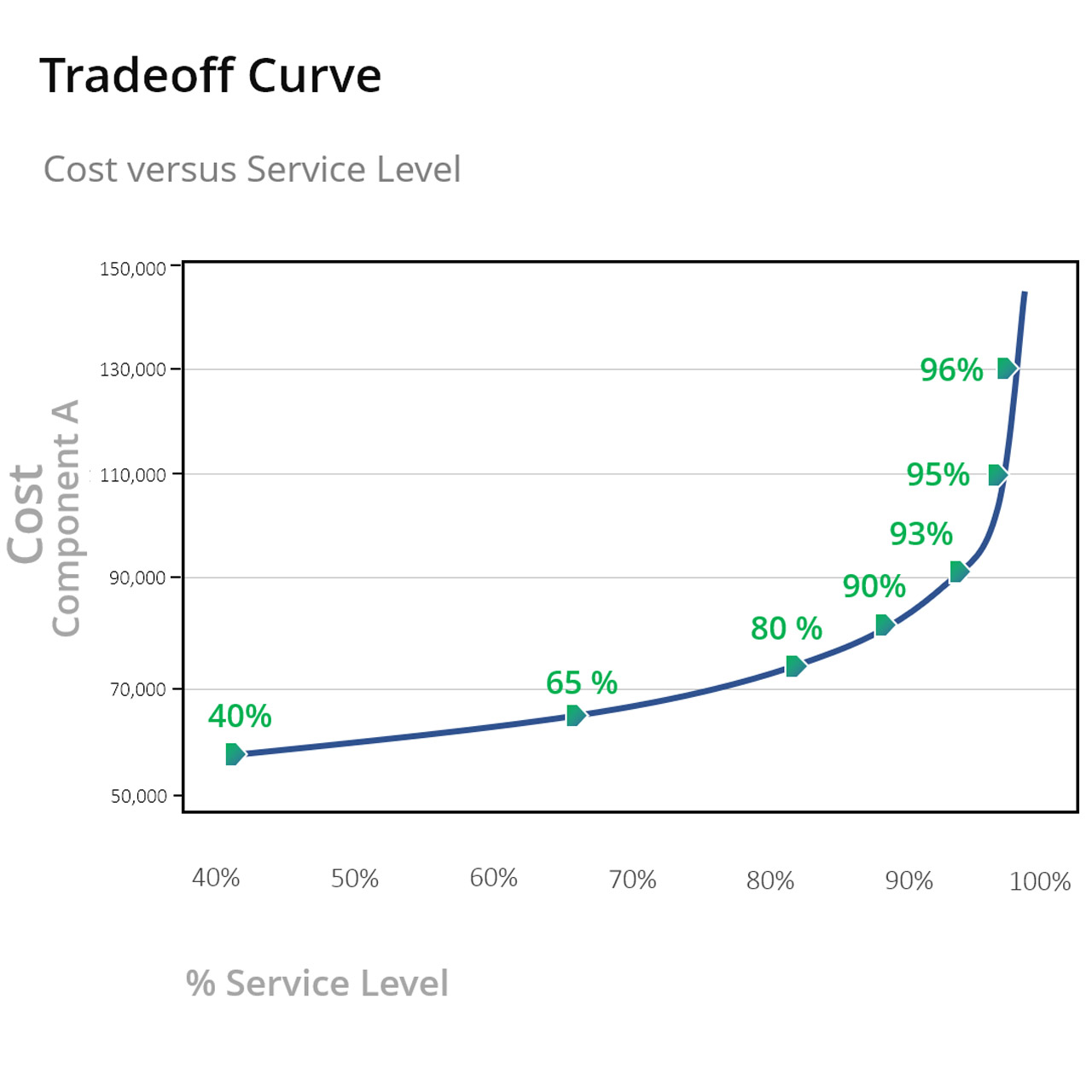The aftermarket sector provides OEMs with a decisive advantage by offering a steady revenue stream and fostering customer loyalty through the reliable and timely delivery of service parts. However, managing inventory and forecasting demand in the aftermarket is fraught with challenges, including unpredictable demand patterns, vast product ranges, and the necessity for quick turnarounds. Traditional methods often fall short due to the complexity and variability of demand in the aftermarket. The latest technologies can analyze large datasets to predict future demand more accurately and optimize inventory levels, leading to better service and lower costs.
This blog explores how the latest AI-driven technologies can transform the OEM aftermarket by analyzing large datasets to predict future demand more accurately, optimize inventory levels, enhance forecasting accuracy, and improve customer satisfaction, ultimately leading to better service and lower costs.
Enhancing Forecast Accuracy with AI
Using state-of-the-art technology, organizations can significantly enhance forecast accuracy by analyzing historical data, recognizing patterns, and predicting future demand. Our latest (IP&O) Inventory Planning &Optimization technology uses AI to provide real-time insights and automate decision-making processes. It employs adaptive forecasting techniques to ensure forecasts remain relevant as market conditions change. The system integrates advanced algorithms to manage intermittent data and make real-time modifications while handling complex calculations and considering factors like lead times, forecast errors, seasonality, and market trends. By leveraging better data inputs and advanced analytics, companies can significantly reduce forecast errors and minimize the costs associated with overstocking and stockouts. Our IP&O platform is designed to handle the complexities and challenges unique to service parts management, such as intermittent demand and large assortments of parts.
Repair and Return Module: The platform accurately simulates the processes of part breakdown and repair. It predicts downtime, service levels, and inventory costs associated with the current rotating spare parts pool. Planners will know how many spares to stock to achieve short- and long-term service level requirements and, in operational settings, whether to wait for repairs to be completed and returned to service or to purchase additional service spares from suppliers, avoiding unnecessary buying and equipment downtime.
Intermittent Demand Forecasting: IP&O’s patented intermittent demand forecasting technology provides highly accurate forecasts for items with sporadic demand patterns typical in the aftermarket. This capability is crucial for optimizing inventory levels and ensuring that critical parts are available when needed without overstocking.
Real-Time Inventory Optimization: Our technology dynamically adjusts inventory policies to align with changing demand patterns and market conditions. It calculates optimal reorder points and order quantities, balancing service levels with inventory costs. This ensures that OEMs can maintain high service levels while minimizing excess inventory and related carrying costs.
Scenario Planning and What-If Analysis: IP&O allows users to create multiple inventory scenarios to evaluate the impact of different inventory policies on service levels and costs. This capability helps OEMs make informed decisions about stocking strategies and respond proactively to market changes or supply chain disruptions.
Seamless ERP Integration: The platform offers seamless integration with leading ERP systems, such as Epicor and NetSuite, enabling automatic synchronization of forecasts and inventory data. This integration facilitates efficient execution of replenishment orders and ensures that inventory levels are continually aligned with the latest demand forecasts.
Forecast Accuracy and Reporting: Our Advanced System provides detailed reporting and dashboards that track forecast accuracy, inventory performance, and supplier reliability. By analyzing these metrics, OEMs can continually refine their forecasting models and improve overall supply chain performance.
Real-world examples illustrate the substantial impact of AI-driven Forecasting and Inventory Optimization in the OEM aftermarket. Prevost Parts, a division of a leading Canadian manufacturer of intercity buses and coach shells, used IP&O to address the intermittent demand of over 25,000 active parts. By integrating accurate sales forecasts and safety stock requirements into their ERP system, supported by AI and real-time machine learning adjustments, they reduced backorders by 65%, lost sales by 59%, and increased fill rates from 93% to 96% in just three months. This transformation significantly improved their inventory allocation, reducing transportation and inventory costs.
Incorporating AI and ML into IP&O processes is not just a technological upgrade but a strategic move that can transform the OEM aftermarket. IP&O technology ensures better service quality and customer satisfaction by improving forecast accuracy, optimizing inventory levels, and reducing costs. As the aftermarket sector continues to grow and evolve, embracing AI will be key to staying competitive and meeting customer expectations efficiently.
White Paper: What you Need to know about Forecasting and Planning Service Parts
This paper describes Smart Software’s patented methodology for forecasting demand, safety stocks, and reorder points on items such as service parts and components with intermittent demand, and provides several examples of customer success.





